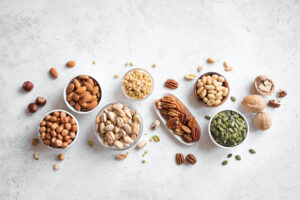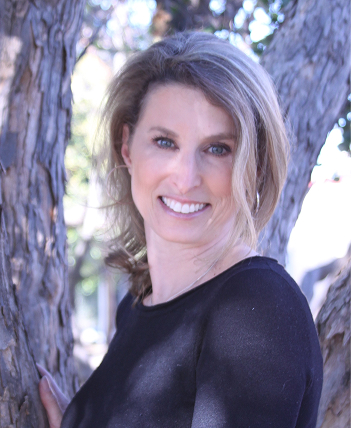 In my menopause-sucks-what-is-going-on-with-my-skin quest, in one of my journal articles they talk about phytoestrogens. Phytoestrogens are naturally occurring estrogens in plants. These were described originally in the 1920s by Bernard Zondek, who showed willow tree flowers mimicked estrogen.
In my menopause-sucks-what-is-going-on-with-my-skin quest, in one of my journal articles they talk about phytoestrogens. Phytoestrogens are naturally occurring estrogens in plants. These were described originally in the 1920s by Bernard Zondek, who showed willow tree flowers mimicked estrogen.
We see this in isoflavones, daidzein and genistein, found in soybeans. As the traditional Asian diet is rich in soy, epidemiological evidence shows the health benefits of this. The rate of hip fractures in Asians is considerably less than those in the US. (*NOTE: another article I read discussed how Asian microbiome in the gut is different, so perhaps they convert phytoestrogens differently. Or another article suggested they have different menopause genetics.) The isoflavones bind to both the alpha and beta receptors and act agonists and antagonists. They are considered to be naturally occurring estrogen replacements and contenders for natural form of estrogen. Genistein and S-equol have a greater affinity for the beta receptor and are considered “selective” for this. Both have positive effects on the skin, by reducing UV induced cell death, improving elasticity, reducing wrinkle depth, and increasing type I collagen. Genistein reduced cell senescence induced by UV.
Resveratrol is another phytoestrogen in grapes and red wine (Go Napa! Go Sonoma!). It activates estrogen receptors, is a potent antioxidant, and strongly anti-inflammatory. It has been shown resveratrol upregulates mitochondria superoxide dismutase, superoxide dismutase (MnSOD) neutralizes the highly reactive superoxide radical and it is thought to do this through Estrogen receptor beta.
When I look up “foods rich in phytoestrogens” tons of things pop up. Consistently the top of the list:
- Soy
- Flax seeds
- Tofu
Then it is all over the place. Nuts and seeds: sunflower seeds, cashews, walnuts, almonds were all mentioned. Vegetables like broccoli, cabbage, garlic, onions, and kale, and Fruits like apricots, pomegranate, strawberries, apples, and kiwis. I even saw beer, bourbon, and coffee mentioned (but not red wine?). Needless to say, the highest sources on a chart which listed phytoestrogen content in micrograms/100g, flax seed and soybeans were waaaay higher than everything else.
My thoughts?
Read all my blogs on the science of aging. You will see me talking about cell senescence, mitochondria, and histologic changes. This is all right up that alley. For those who cannot take traditional estrogen therapy due to risk, are phytoestrogens safer? That I don’t know. But I have lots of doubts.
Another book I read made great points about food: we can’t convert plants into hormones. We don’t see eating a lot of a certain food causing premature puberty, or irregular periods, or infertility. As far as its effects on menopause symptoms, no studies have shown an effect. But eating a diet high in these foods is generally a healthy diet. That in itself may make you feel better.
So grab your edamame appetizer and your California red wine and load up on those phytoestrogens? Jury out on this one.
The information provided on this website is for general informational purposes only and does not constitute medical advice, diagnosis, or treatment. Always seek the advice of a qualified healthcare provider for any questions regarding your health or medical condition.
